Lanthanum Oxide Price - September 2, 2019
- Details
- Category: Tungsten's News
- Published on Tuesday, 03 September 2019 14:23
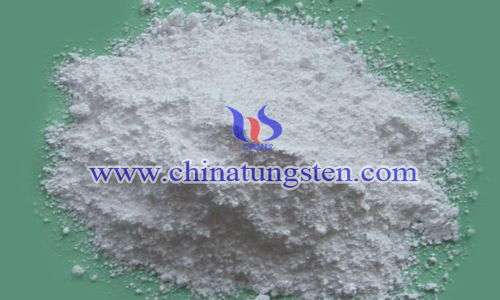
Rare earth market quotation in China: lanthanum oxide price rises slightly while the praseodymium oxide and praseodymium neodymium metal prices remain unchanged. In the light rare earth market, the prices of mainstream products have increased slightly. With the arrival of the traditional consumption season, the environmental protection supervision has been further pressured, and the low-cost supply in the market has gradually disappeared. Most of manufacturers have raised their prices.
China Molybdenum Prices - September 2, 2019
- Details
- Category: Tungsten's News
- Published on Tuesday, 03 September 2019 14:19
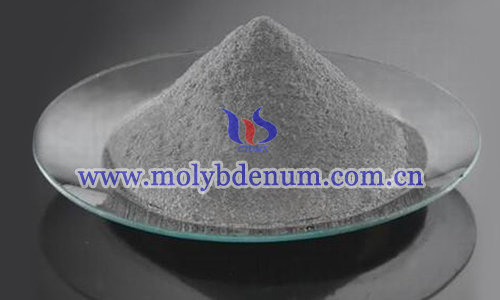
China molybdenum prices continue to be in the downward trend at the beginning of September on different sentiments of traders and deadlocked supply and demand. For molybdenum concentrate market, the prices are stable despite of decreased new orders. Most large enterprises still keep firm offers due to tight supply.
Tungsten and Rare Earth Industry's Competitiveness Improved Significantly in Ganzhou
- Details
- Category: Tungsten's News
- Published on Tuesday, 03 September 2019 09:30

Ganzhou is known as "World Tungsten Capital" and "the Rare Earth Kingdom". It is one of the national key non-ferrous metal production and processing bases. Based on resource endowment and industrial base advantages, and the devotion to accelerate revitalization, in December 2015, the city officially launched the construction of "China's Rare Gold Valley". In just a few years, the rare-earth permanent magnet material and the tungsten carbide industry have developed rapidly.
APT Exports Reached 1,136t in April-June in China
- Details
- Category: Tungsten's News
- Published on Monday, 02 September 2019 11:04
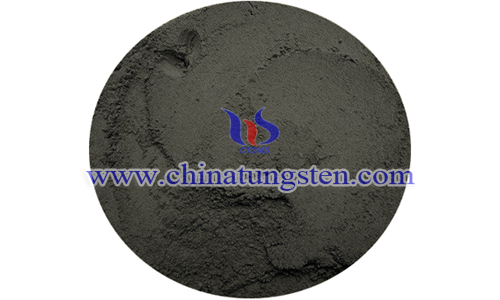
Analysis of latest tungsten market from Chinatungsten Online
The latest ferro tungsten and ammonium paratungstate (APT) transactions, bids, offers and assessments in Europe, Vietnam and China, with blue tungsten oxide (BTO) and yellow tungsten oxide (YTO) deals taken into consideration.
China Rare Earth Prices – August 30, 2019
- Details
- Category: Tungsten's News
- Published on Monday, 02 September 2019 11:02
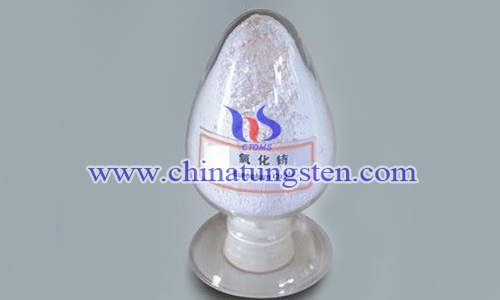
China rare earth prices maintained stability on the whole in the week began on Monday August 25, 2019 as both the supply and demand sides of the market were in a state of game, and the participants’ wait-and-see mood was more obvious.
Molybdenum Power Prices – August 30, 2019
- Details
- Category: Tungsten's News
- Published on Monday, 02 September 2019 11:00
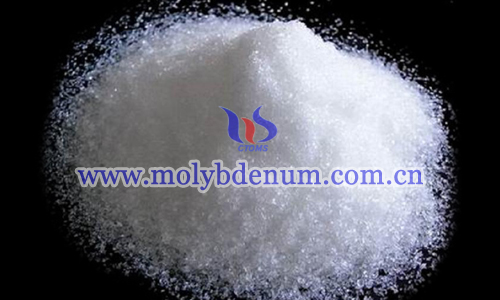
Molybdenum market quotationin China: the latest prices of molybdenum power, ferro molybdenum and molybdenum concentrate prices show signs of rise in the week ended on Friday August 30, 2019 with the impact of strong rised mentality of traders on high raw material prices and increased quantity of steel tenders.
MP Materials' CEO Came to Taiwan for Rare Earth
- Details
- Category: Tungsten's News
- Published on Monday, 02 September 2019 10:45

The CEO of the only rare earth enterprise MP materials in the United States, Michael Rosenthal, came to Taiwan with a low profile in late August, according to the news from Cankaoxiaoxi.com. He said that if the Chinese mainland plays the "Rare Earth" card, the world will be afraid.
Ammonium Paratugnstate Price in Europe Moved Lower in Late August
- Details
- Category: Tungsten's News
- Published on Monday, 02 September 2019 10:41
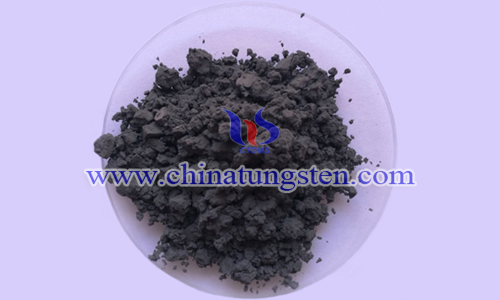
Analysis of latest tungsten market from Chinatungsten Online
The price for ammonium paratugnstate (APT) in Europe moved lower at the end of August, weighed down by bearish sentiment ahead of the late-August auction for the entire antimony stock held in the defunct Fanya Metal Exchange. Meanwhile, the Chinese APT export price was stable amid market uncertainty.
Praseodymium Oxide Prices– August 29, 2019
- Details
- Category: Tungsten's News
- Published on Monday, 02 September 2019 10:39
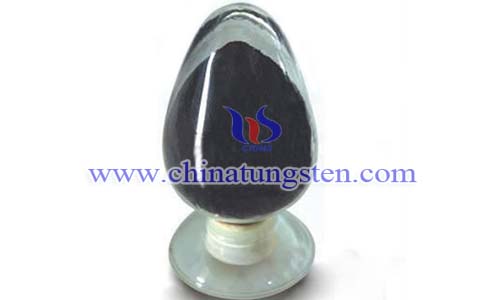
The europium oxideand praseodymium oxide prices in Chinese rare earth market are unchanged from the previous trading day owing to thin market trading and heavy wait-and-see atmosphere. For light rare earth market, the overall trading activity has increased slightly. During the National Day, the market is expected to stop production and emission reductions. In addition, due to the end of the traditional off-season, the holders will slowlyriseproduct prices.
China Molybdenum Price– August 29, 2019
- Details
- Category: Tungsten's News
- Published on Monday, 02 September 2019 10:37

The China molybdenum price will continue to maintain a strong trend when the spot trading market is relatively stable, and the low-cost supply in the market is hard to find. In the molybdenum concentrate market, the overall transaction situation is relatively good. Although the mine maintenance work has been over for some time, due to the news of the military parade and the high temperature and flood season, the supply of raw materials will continue to be in shortage, and the manufacturers' quotations remain high.


 sales@chinatungsten.com
sales@chinatungsten.com